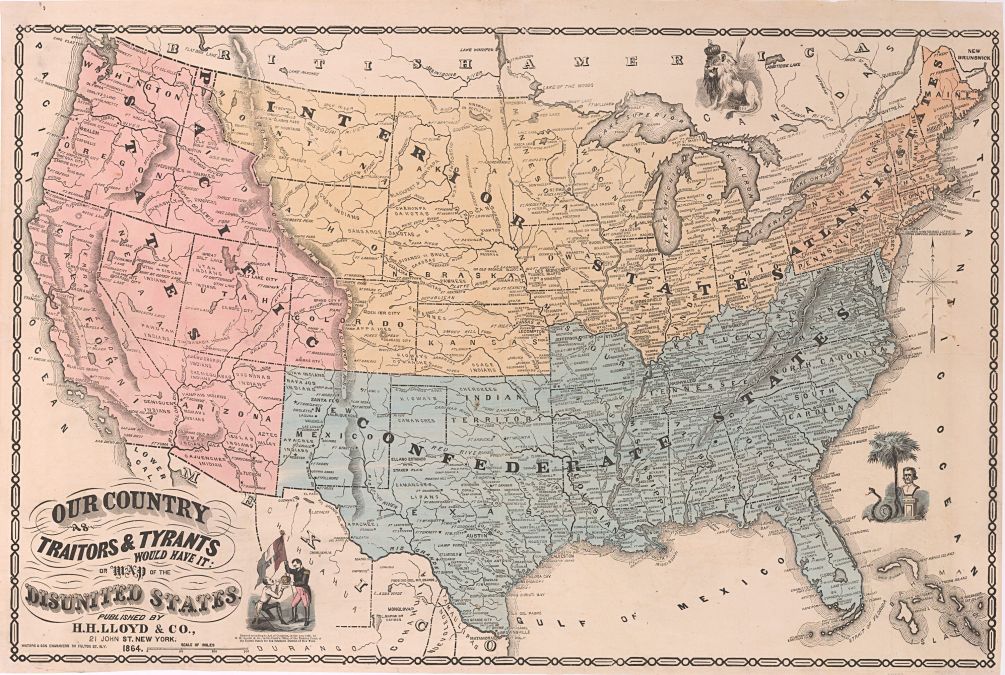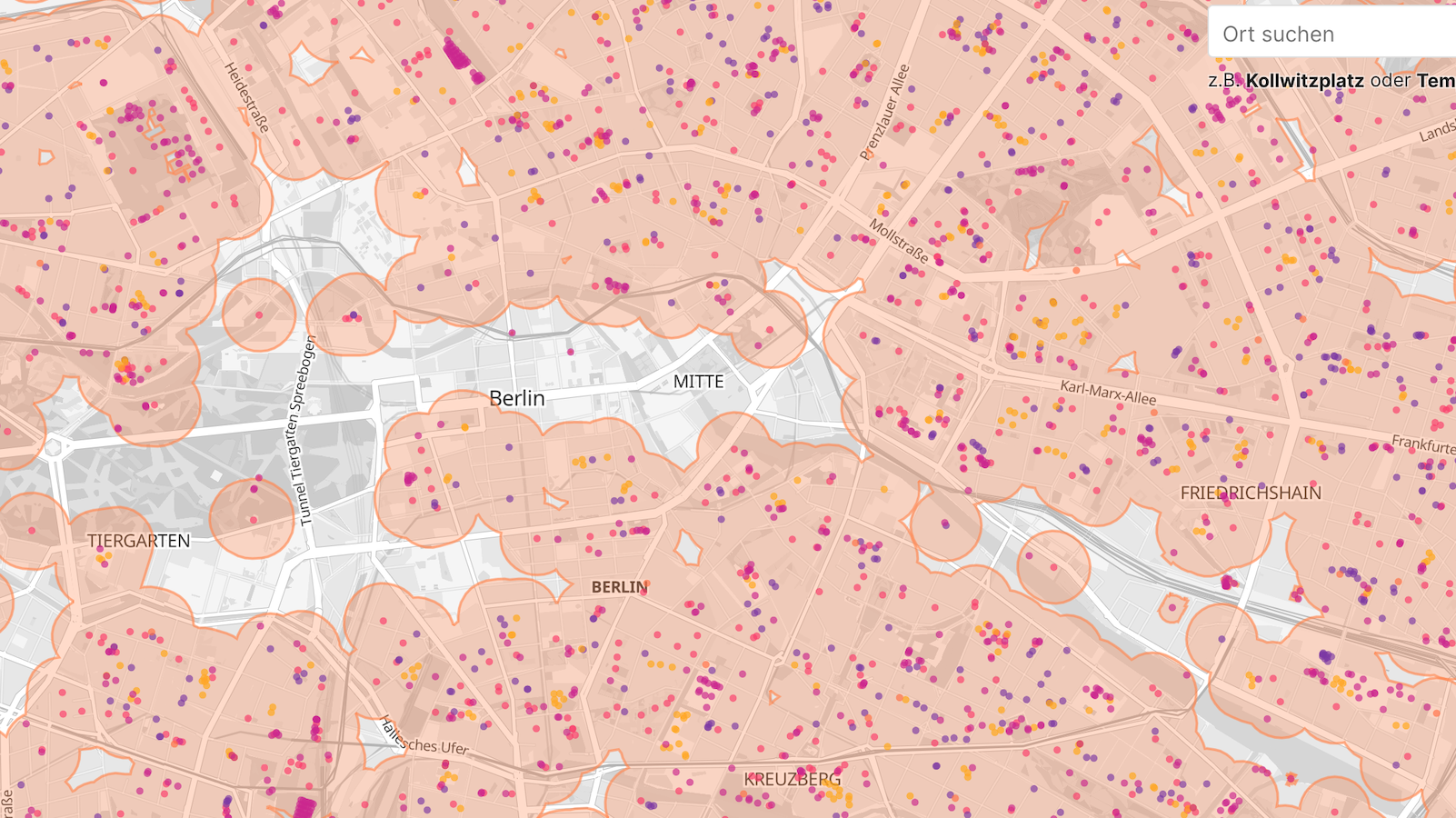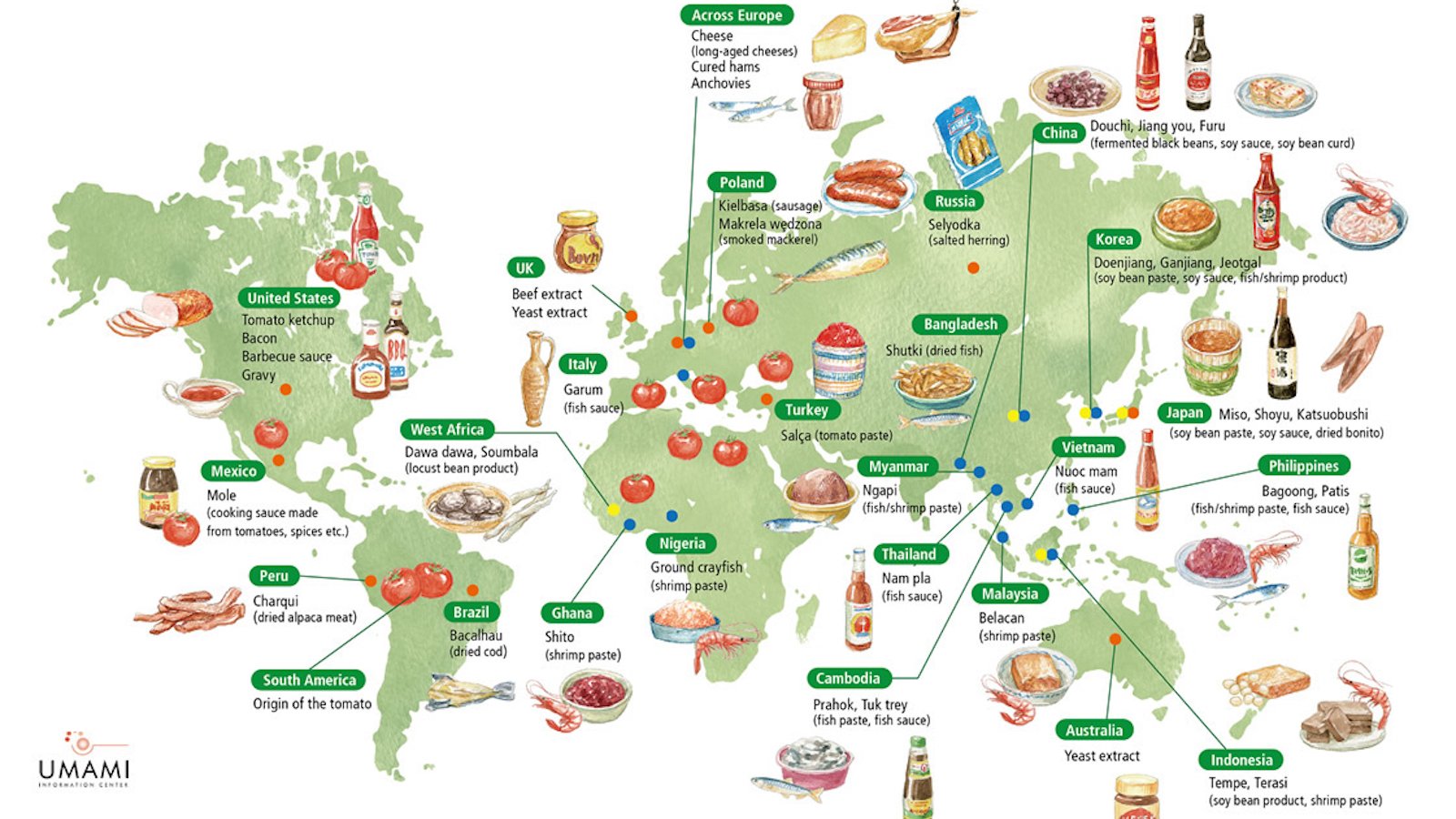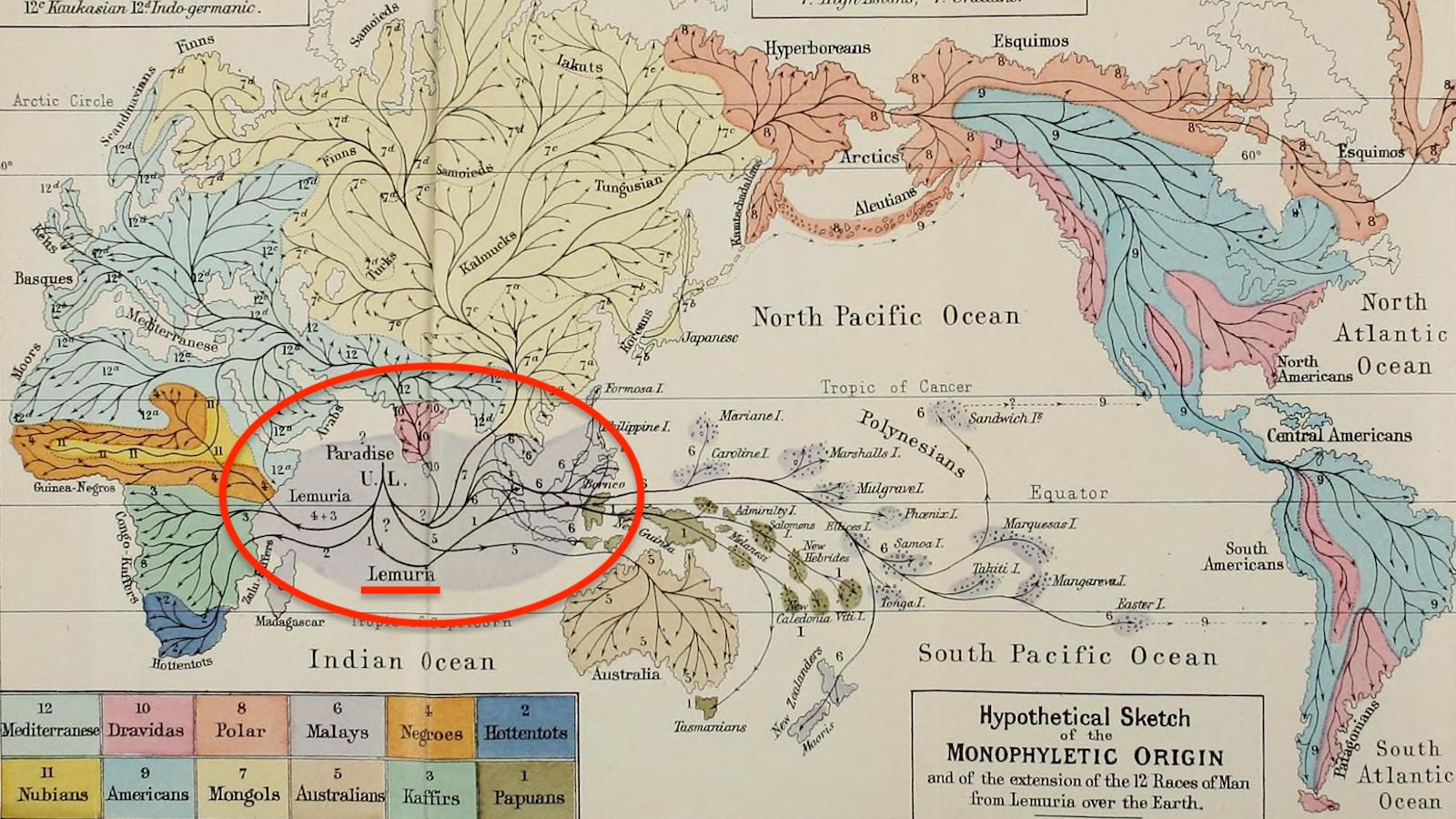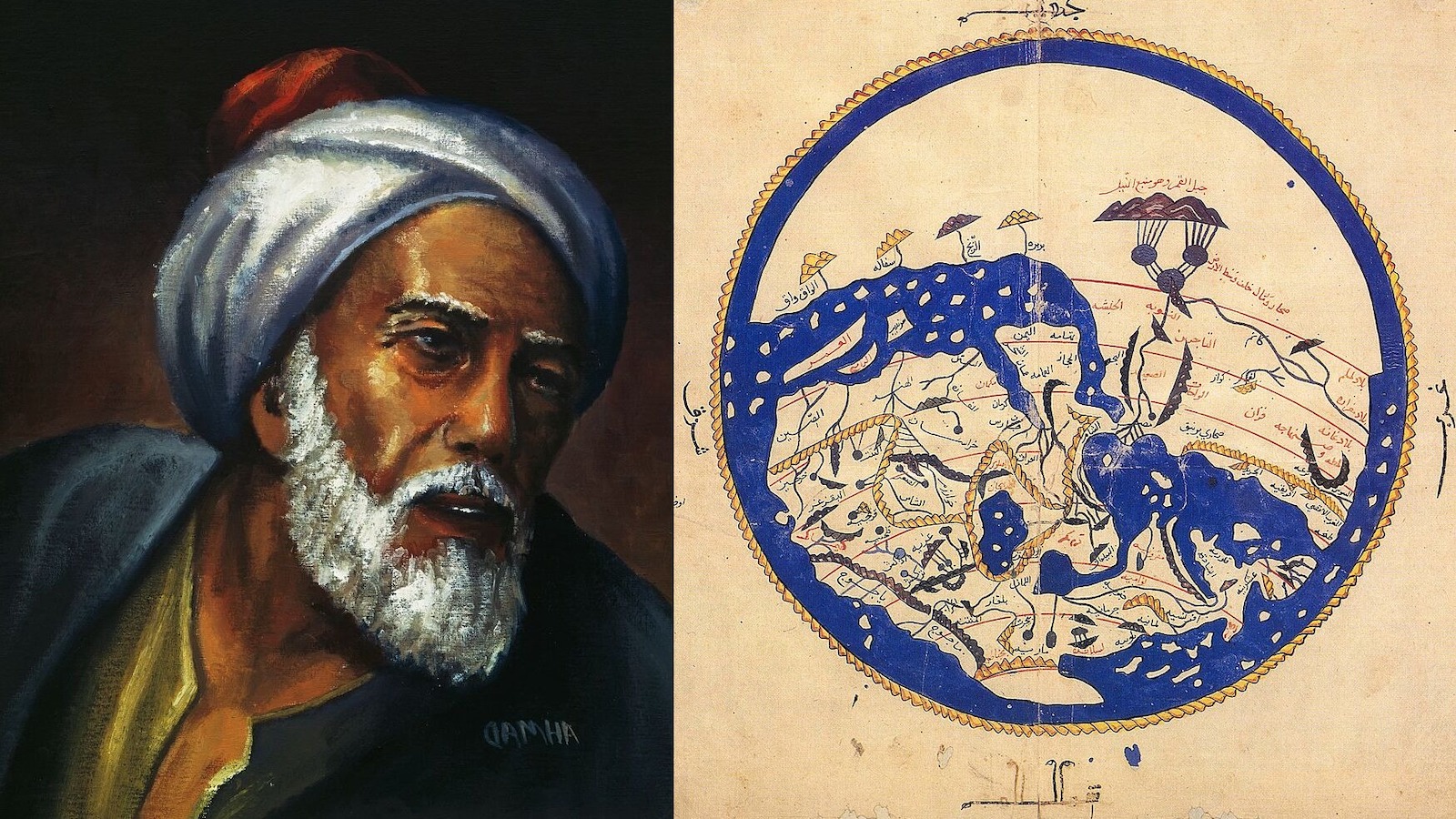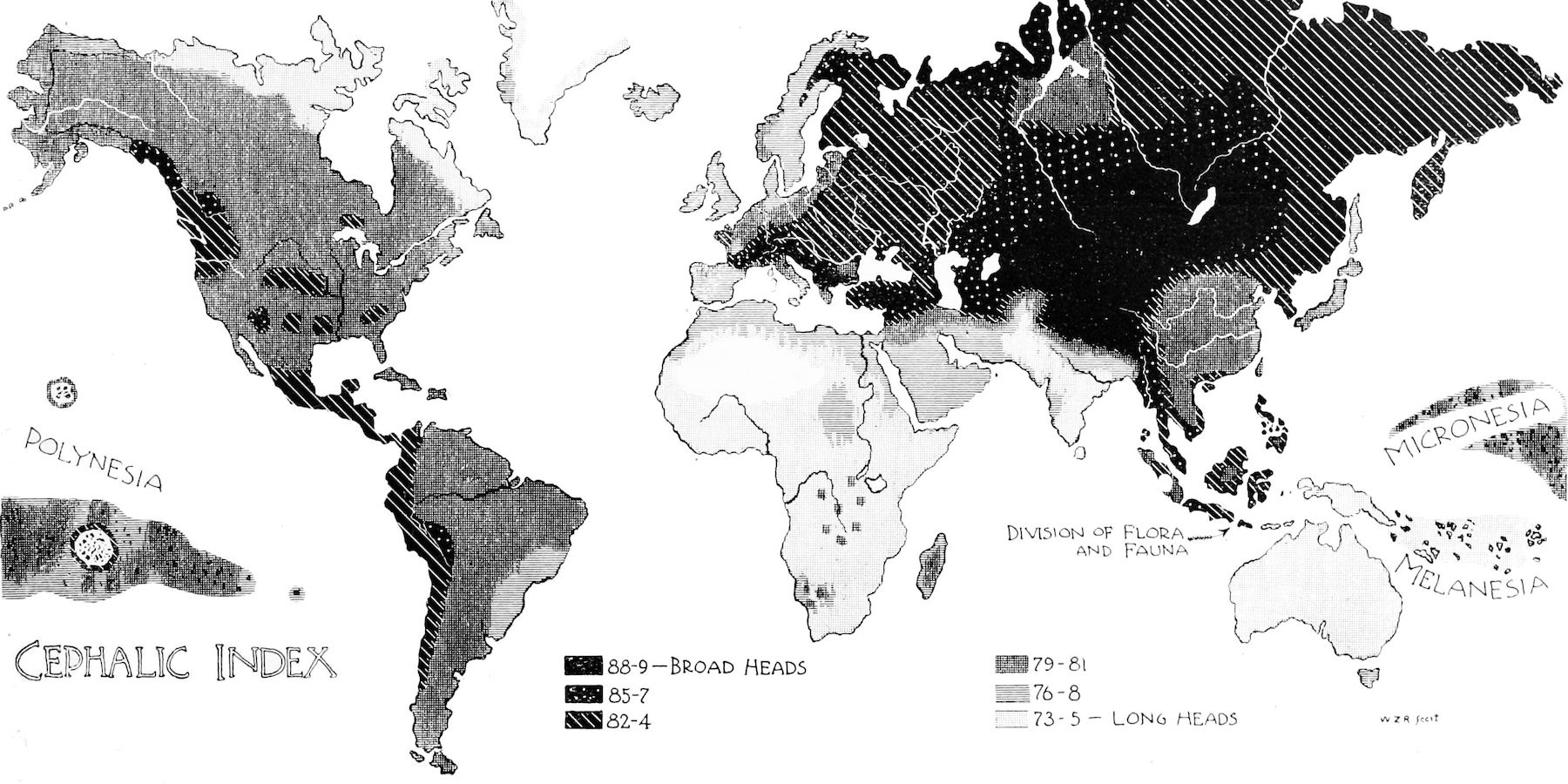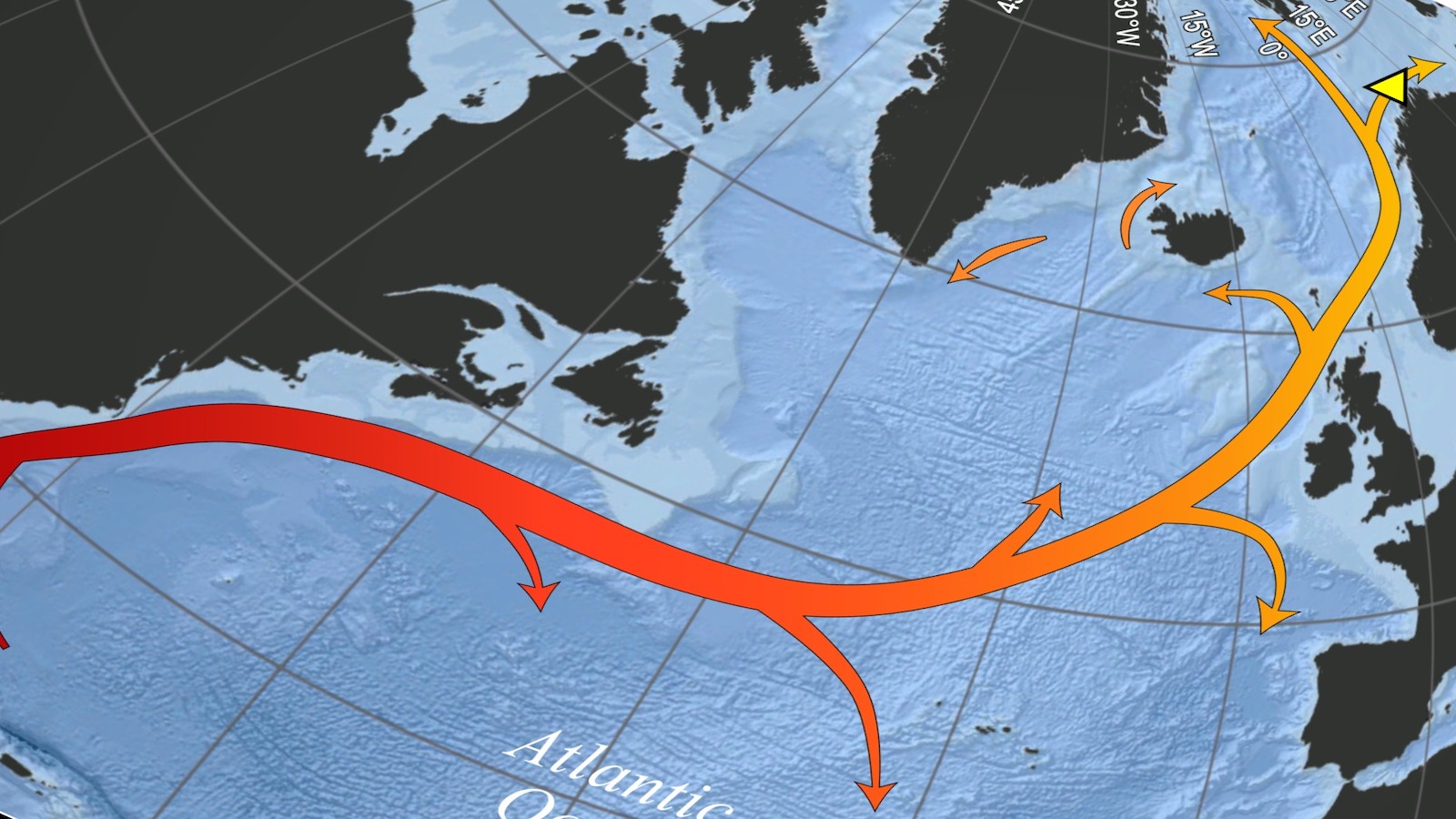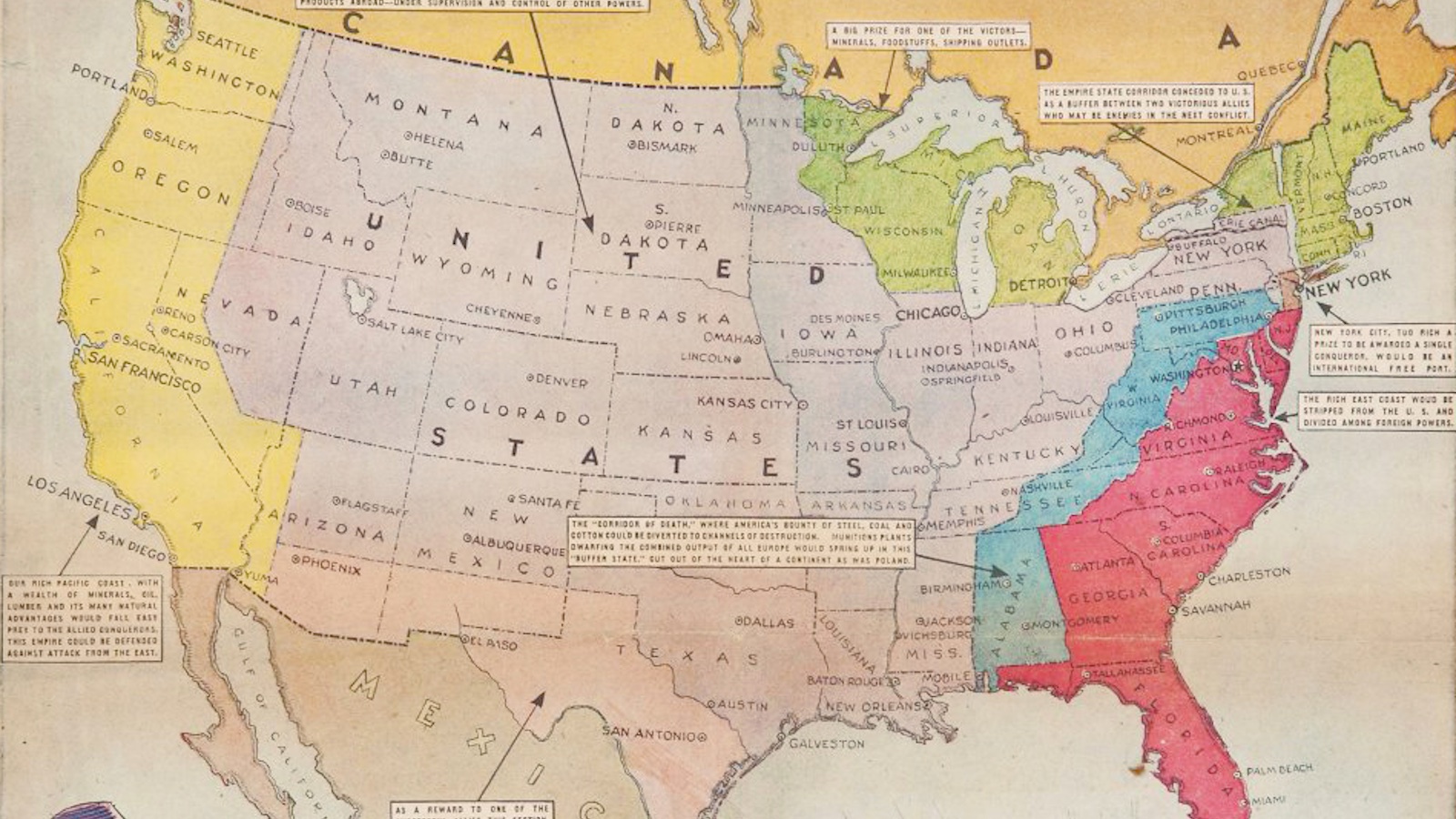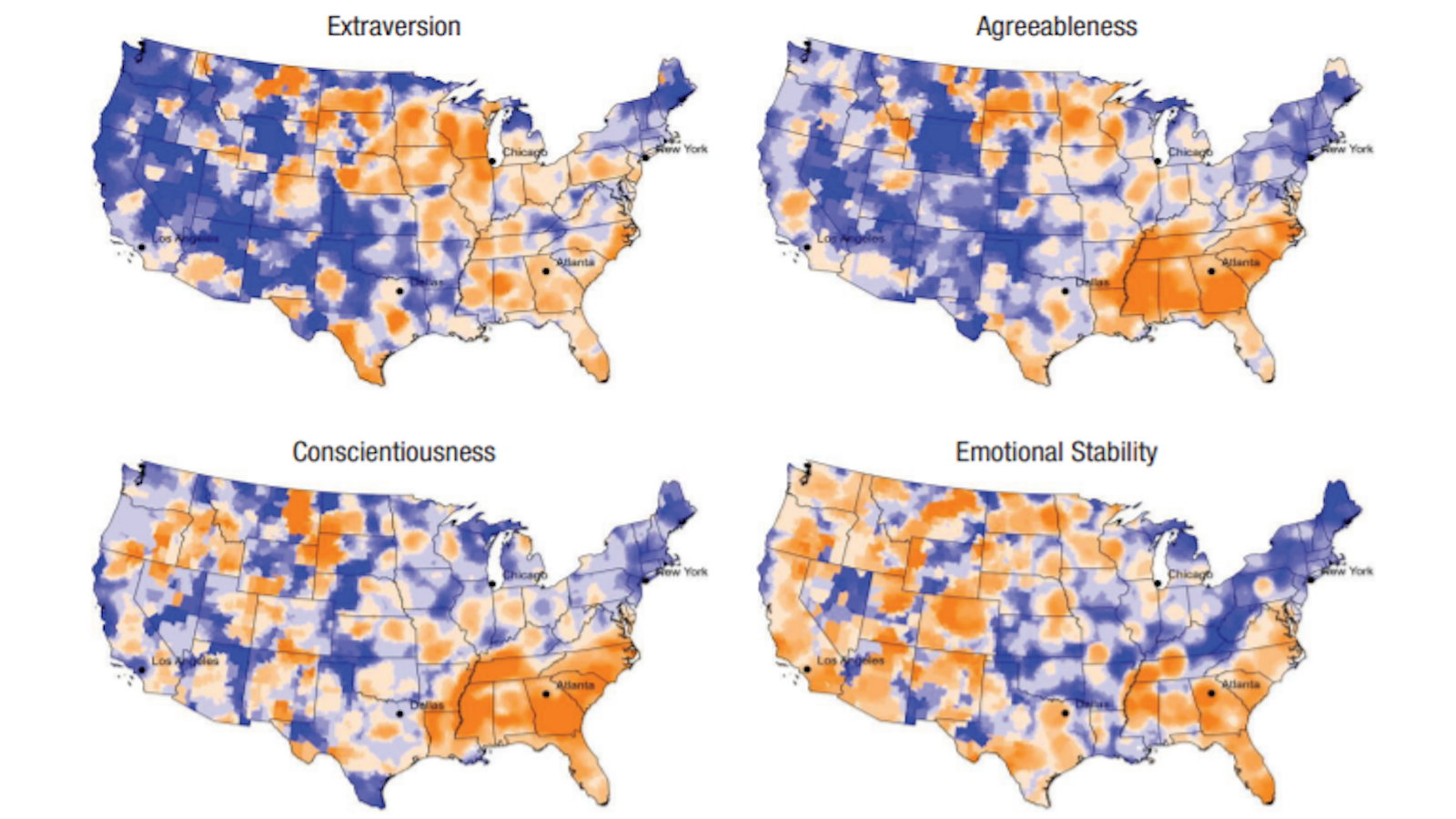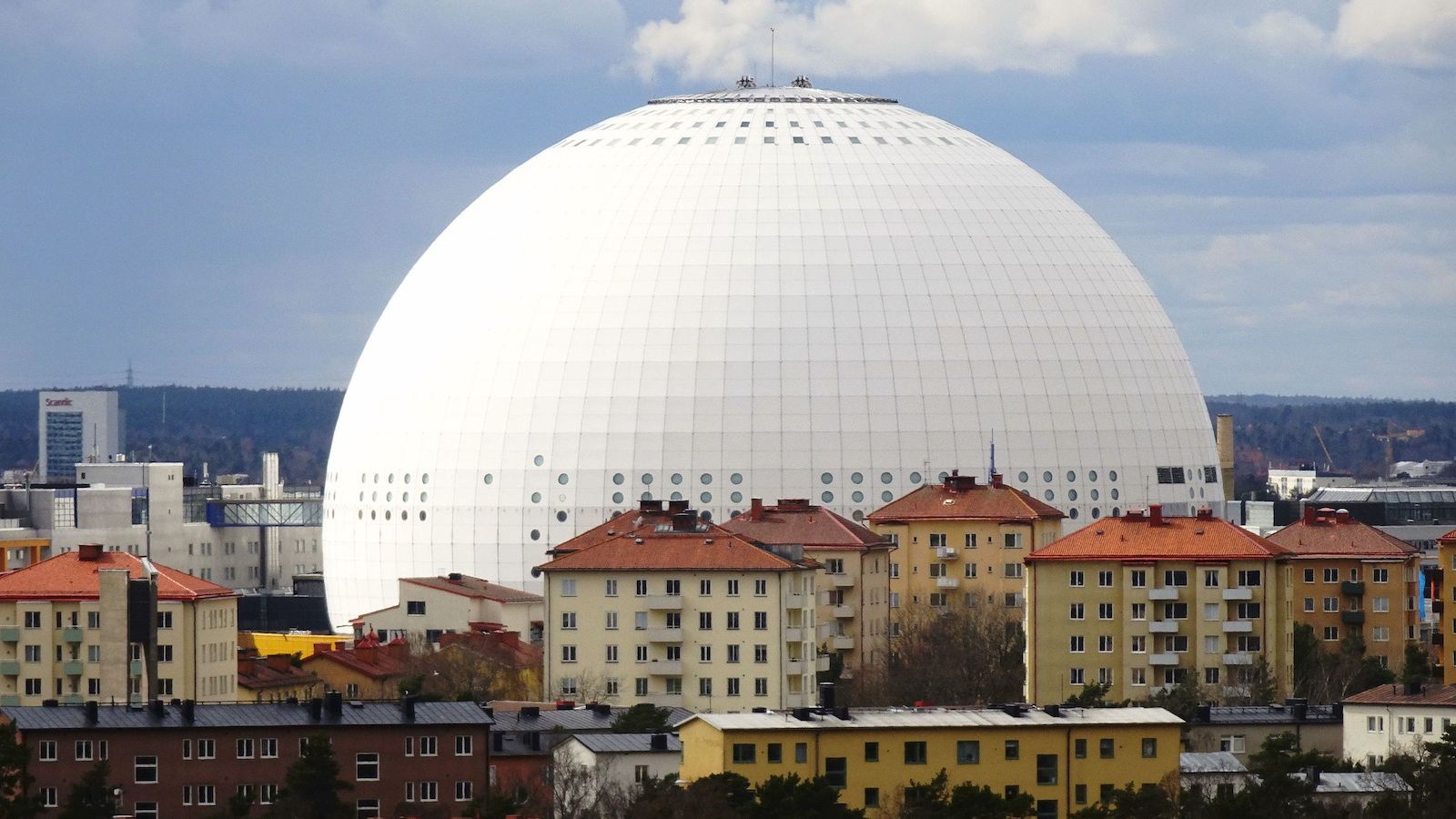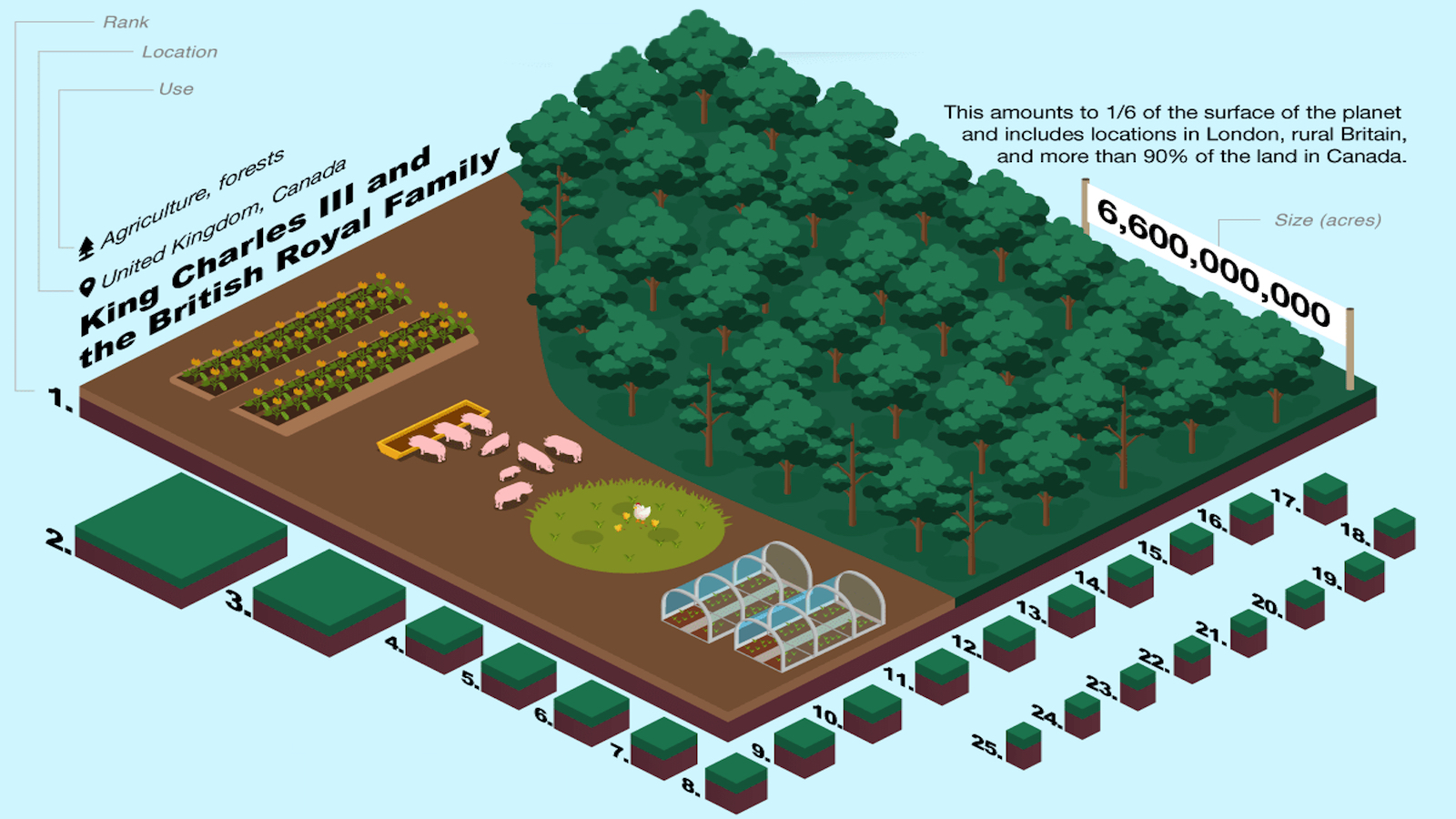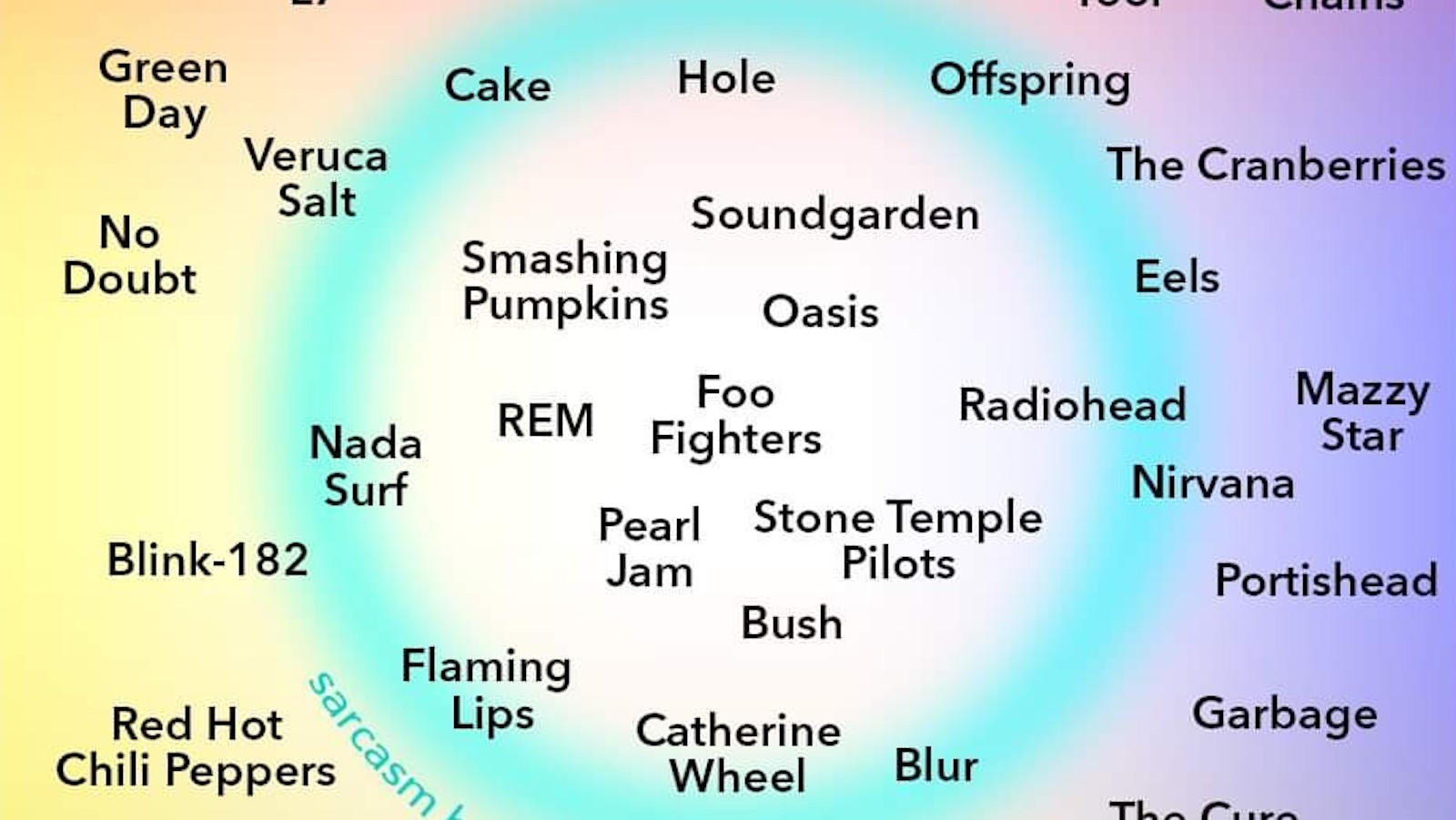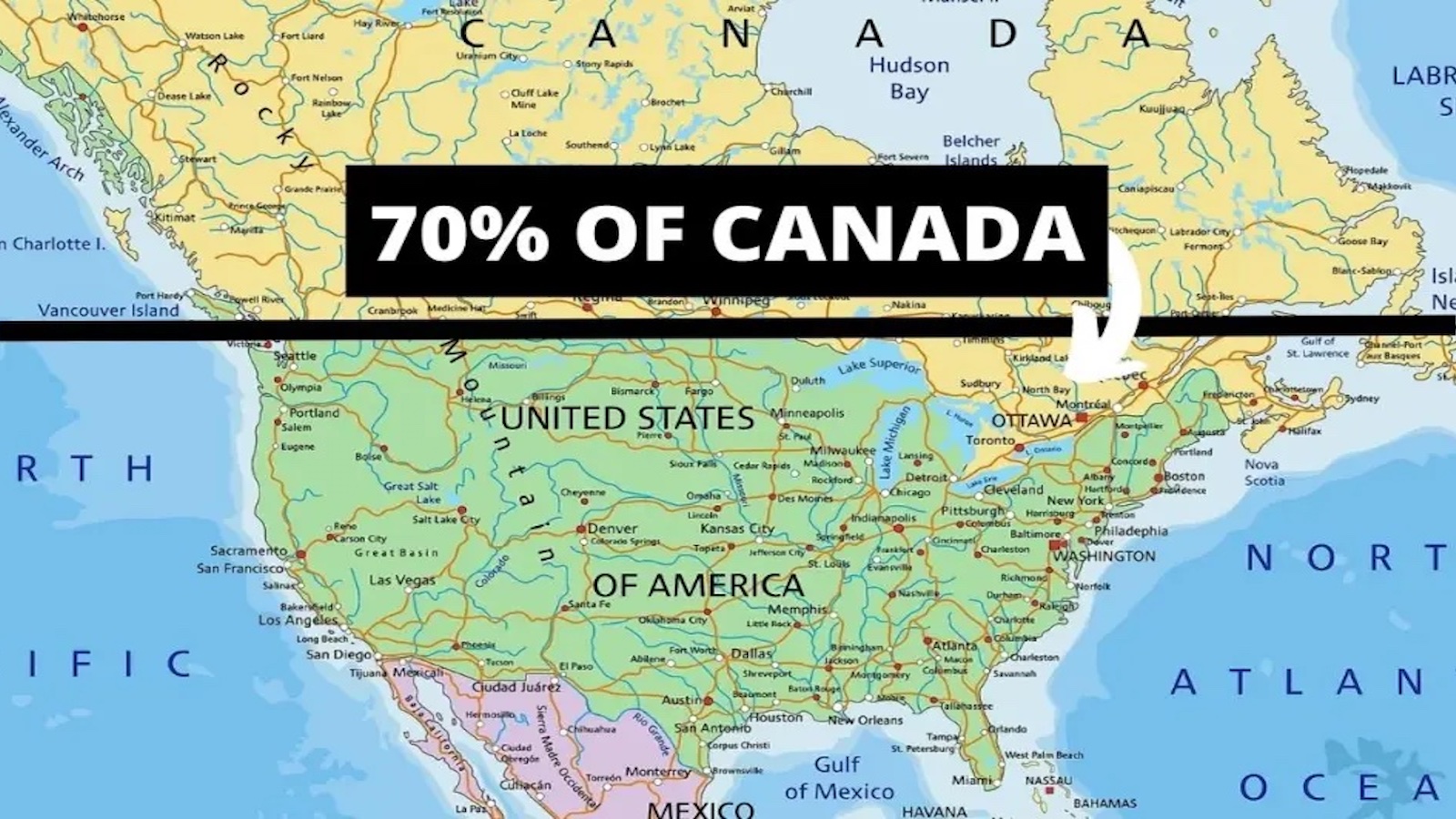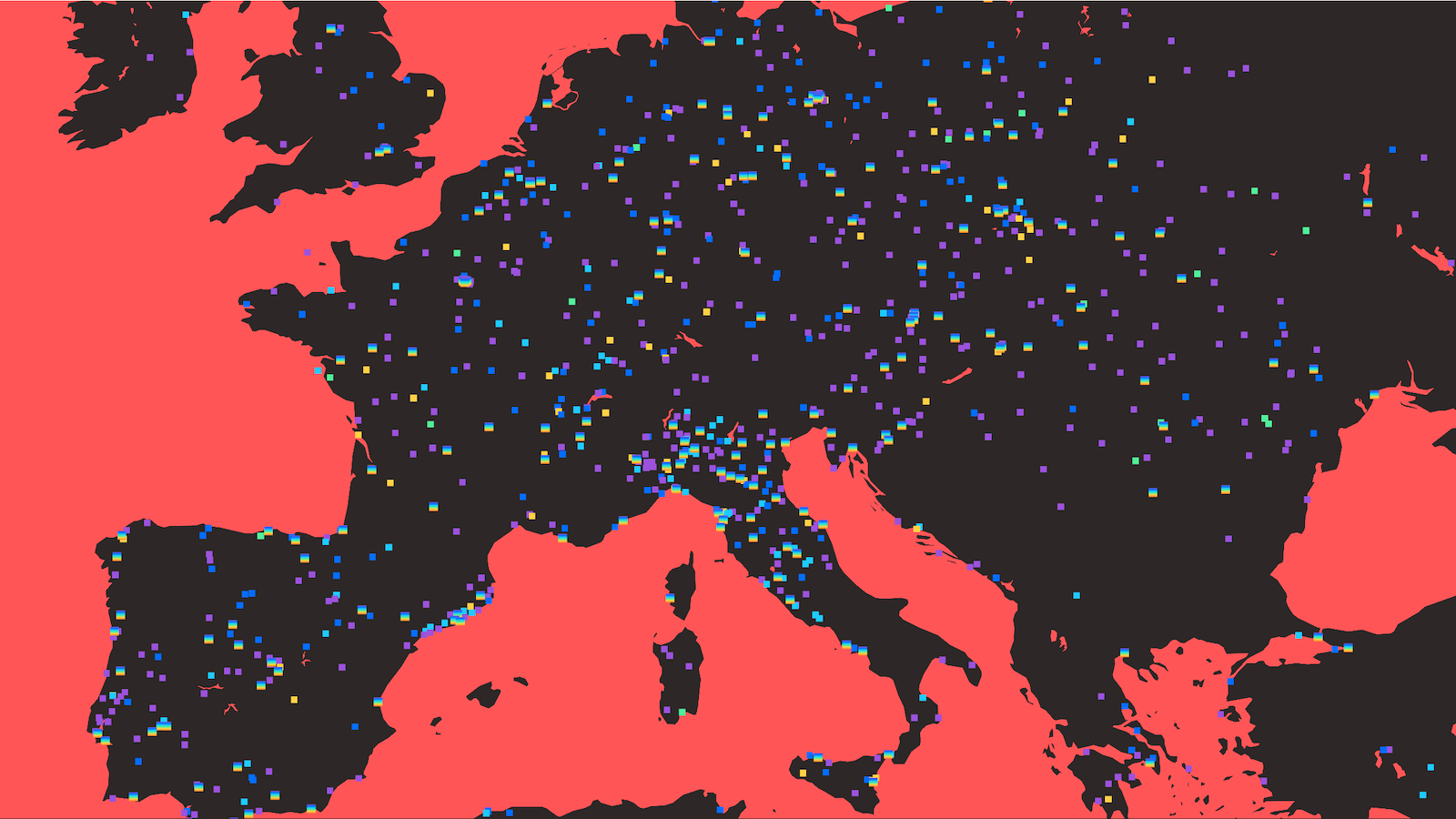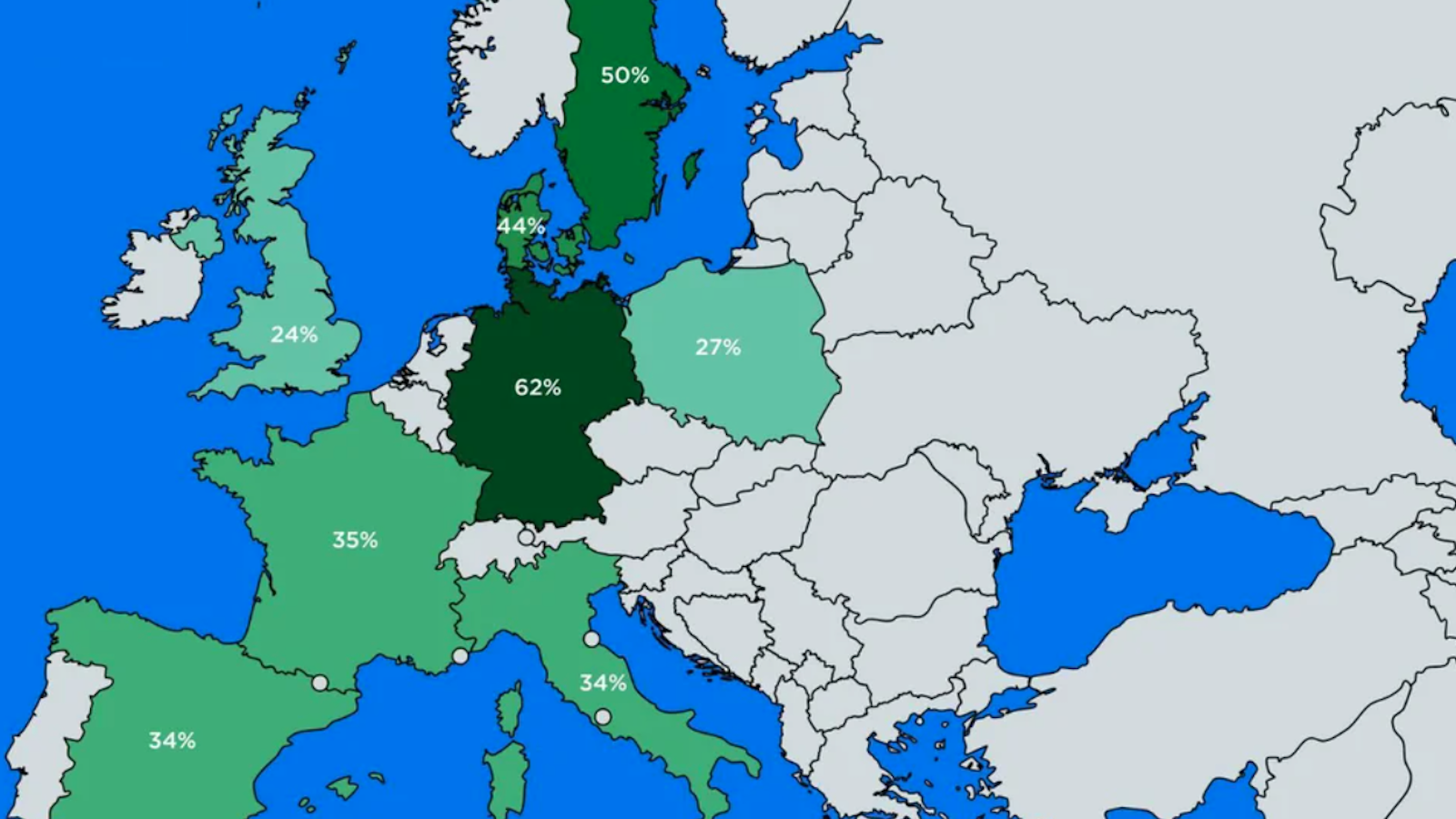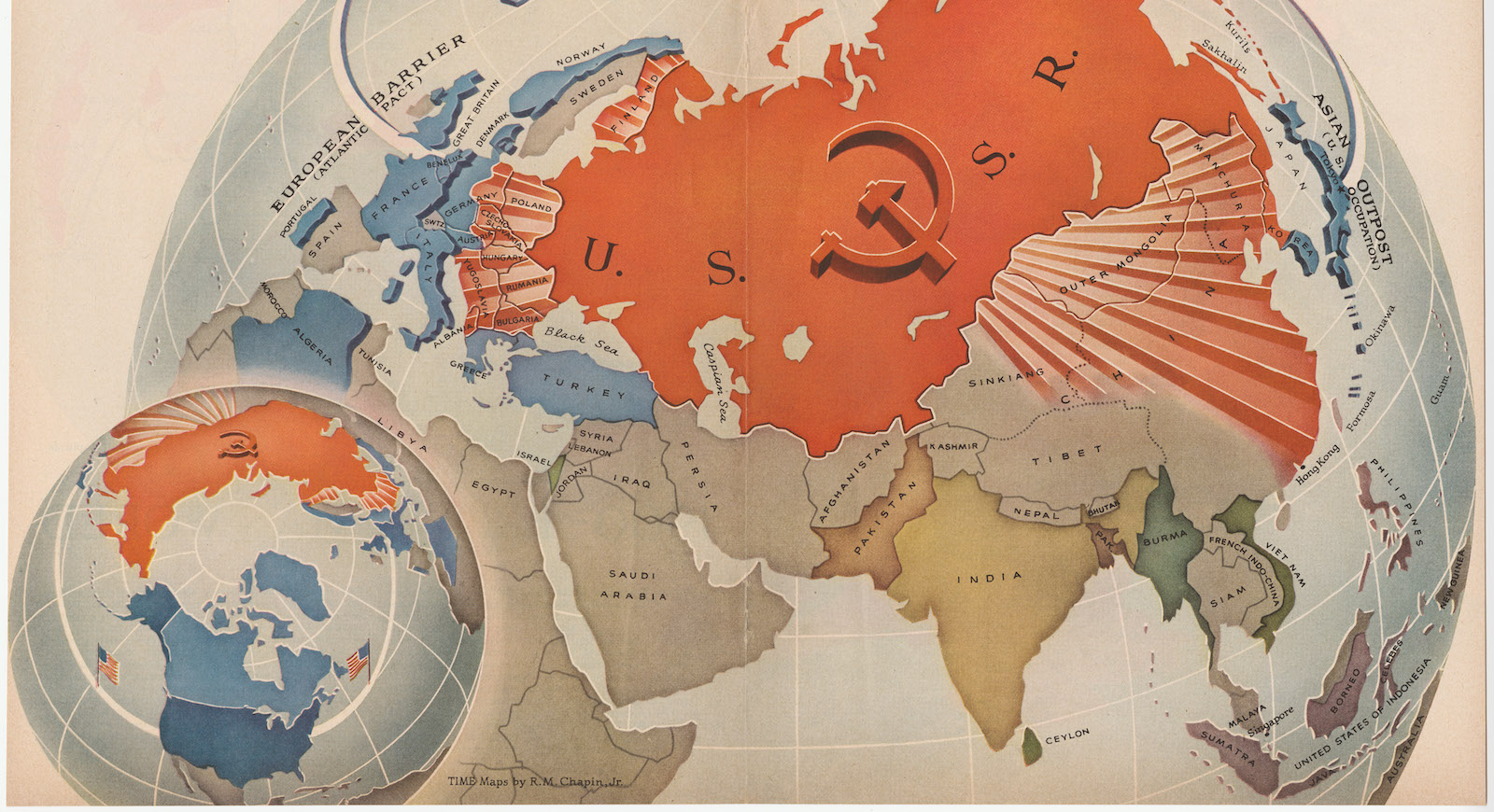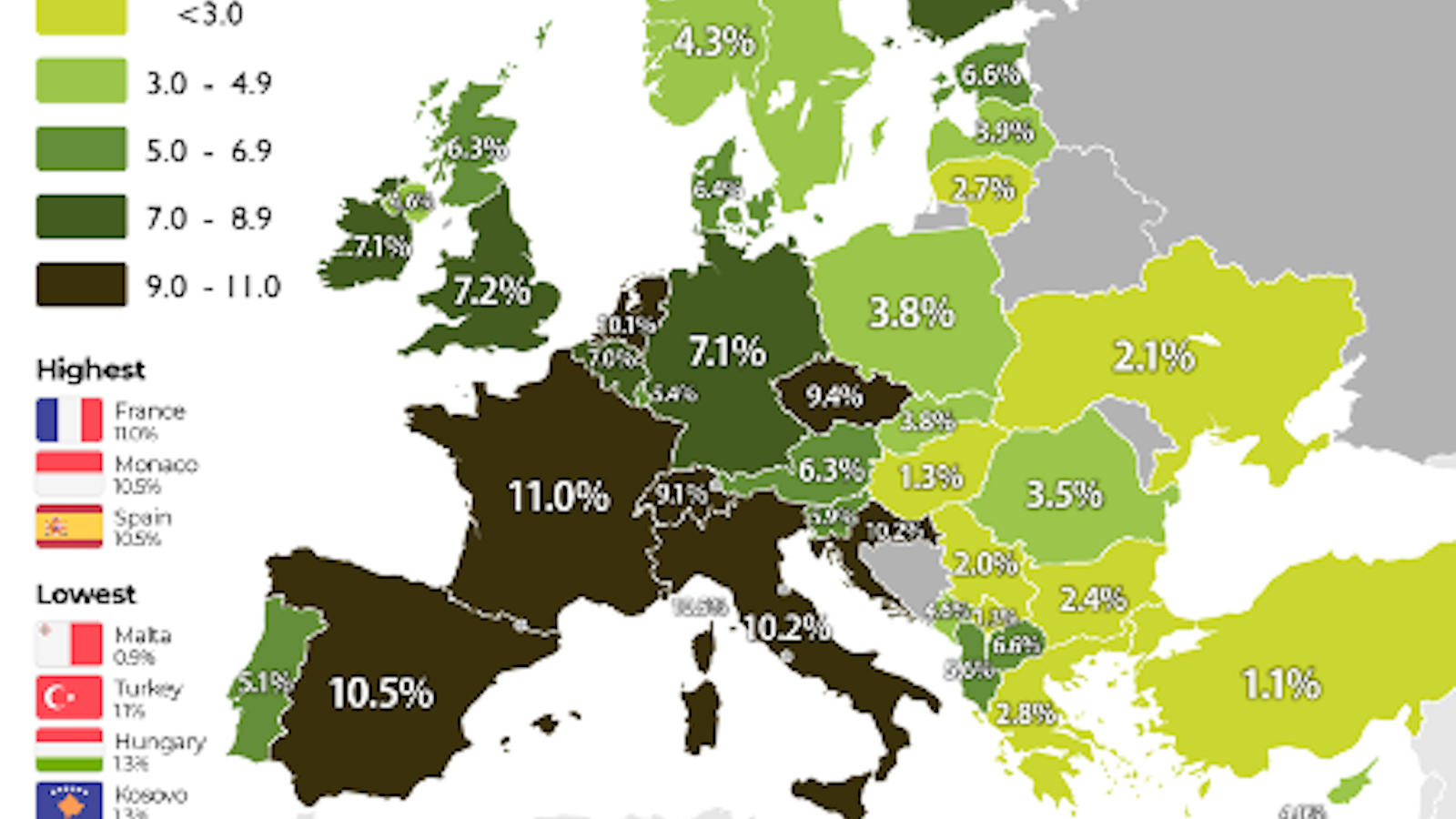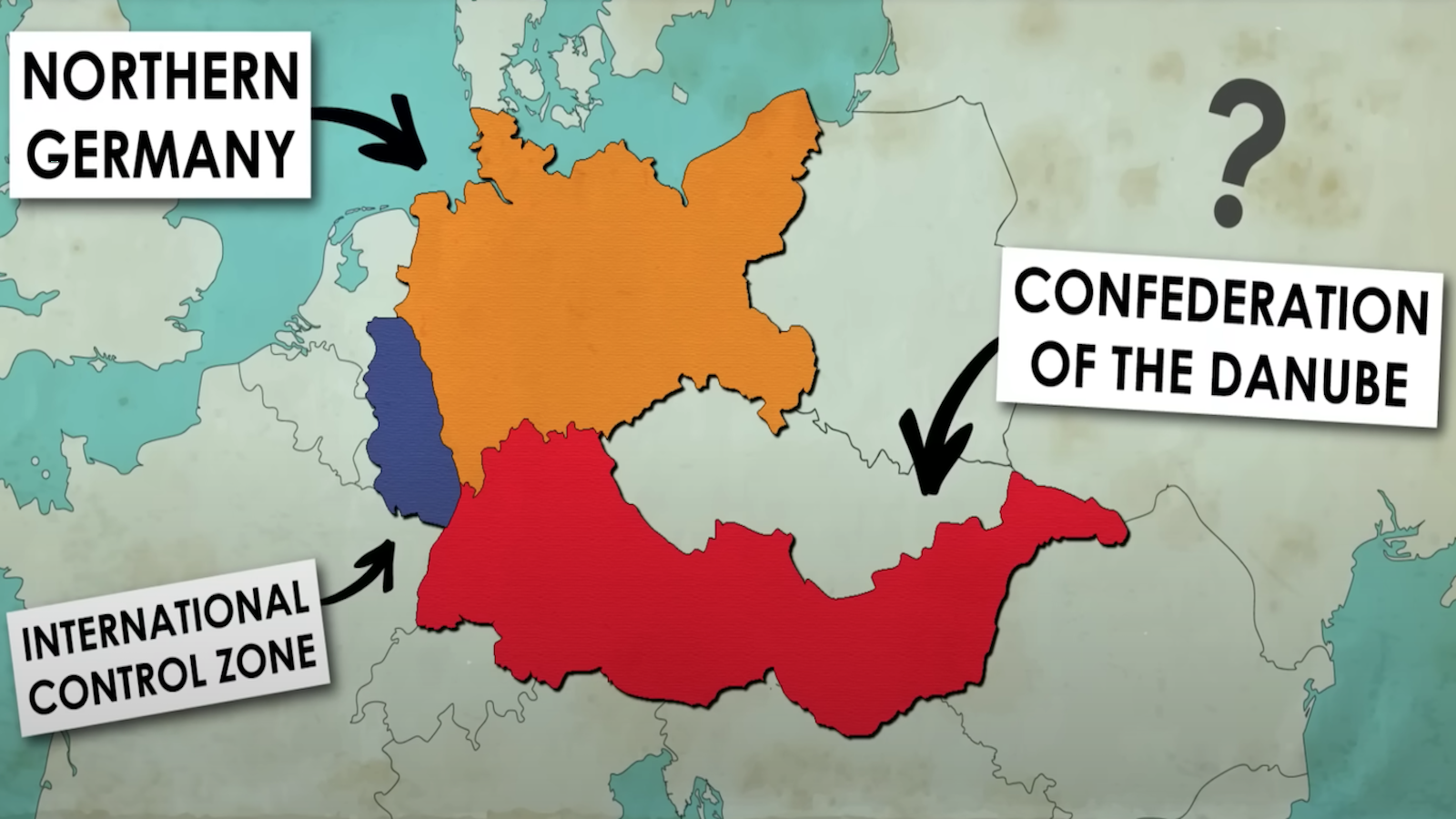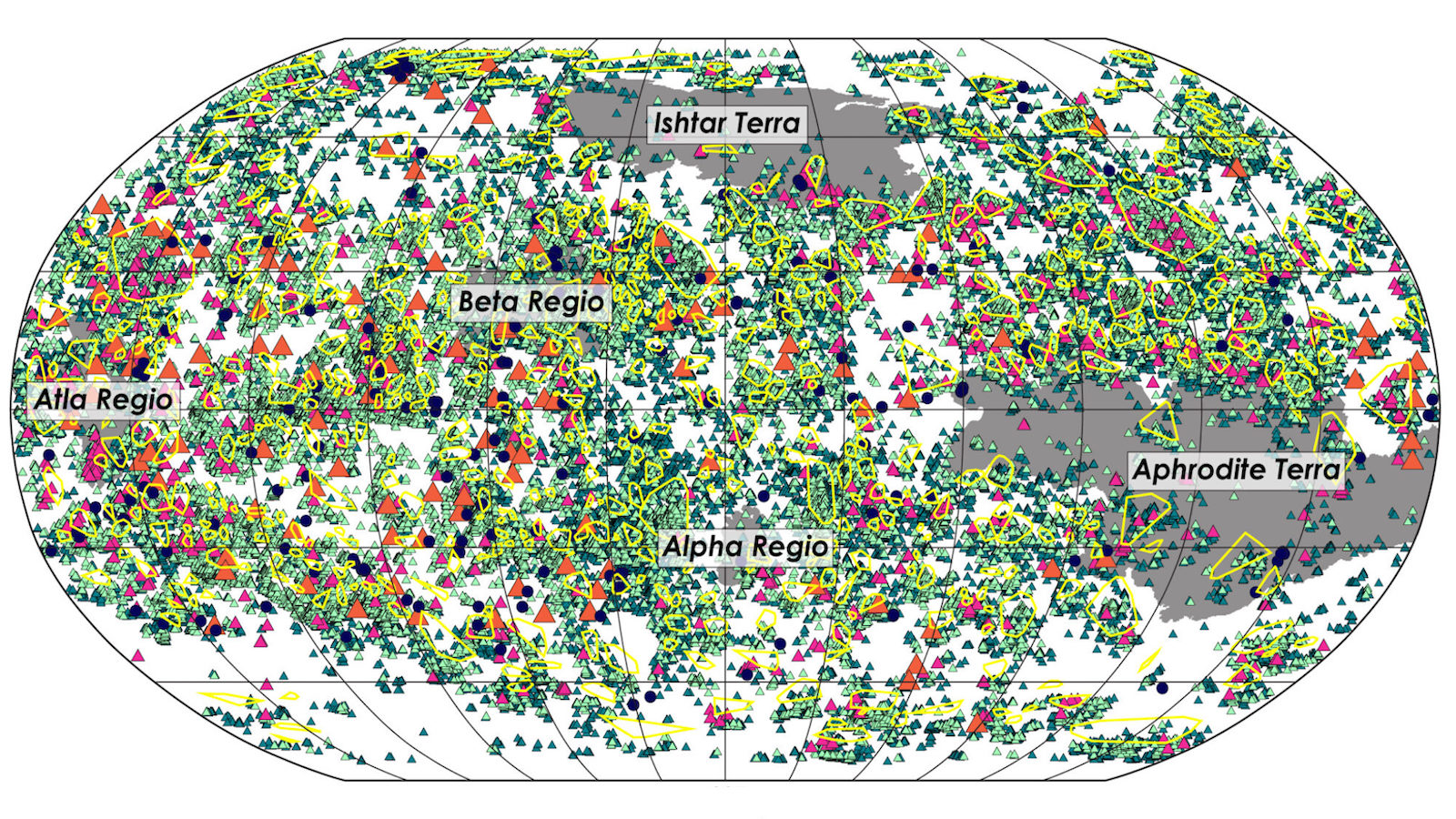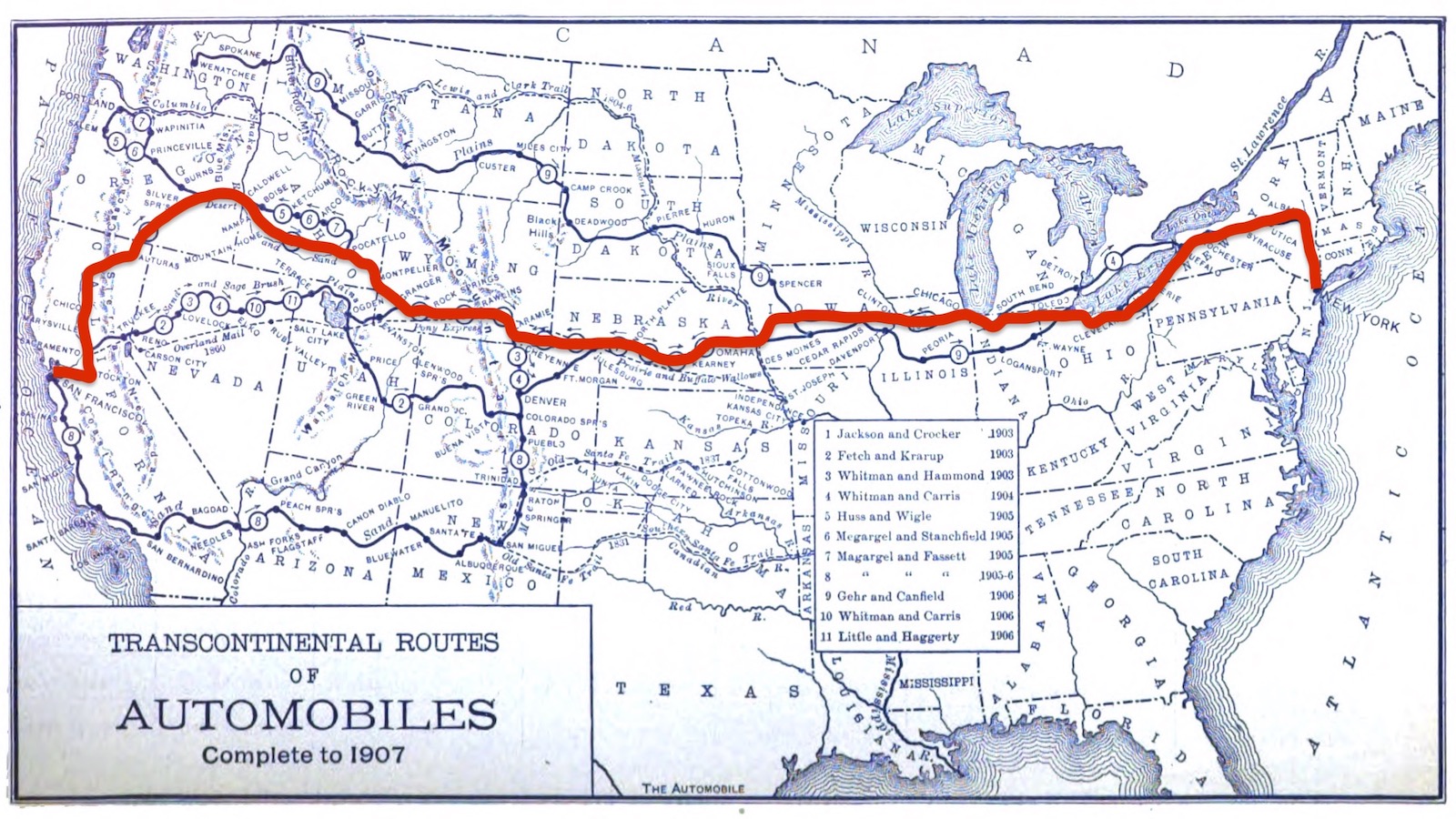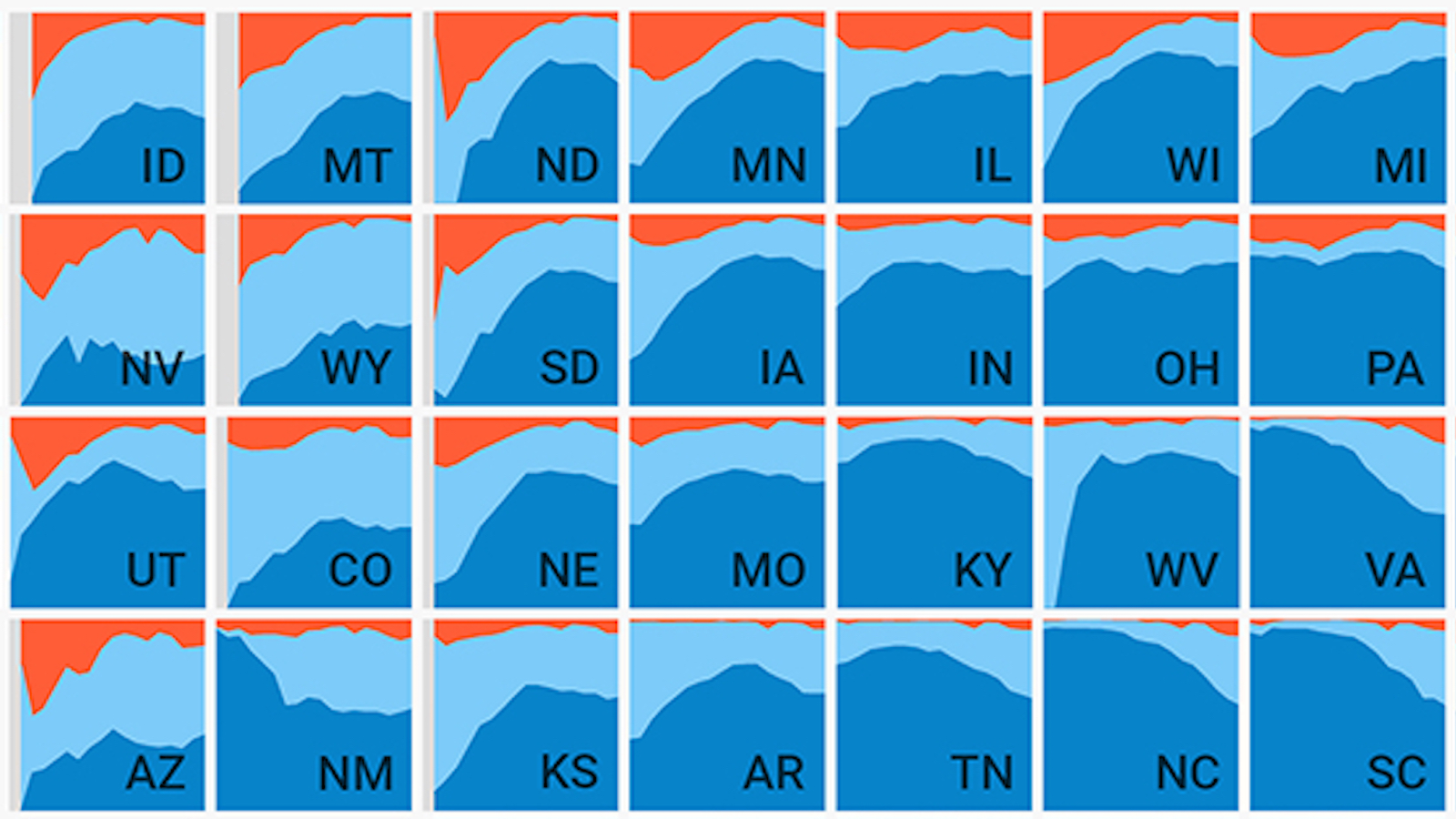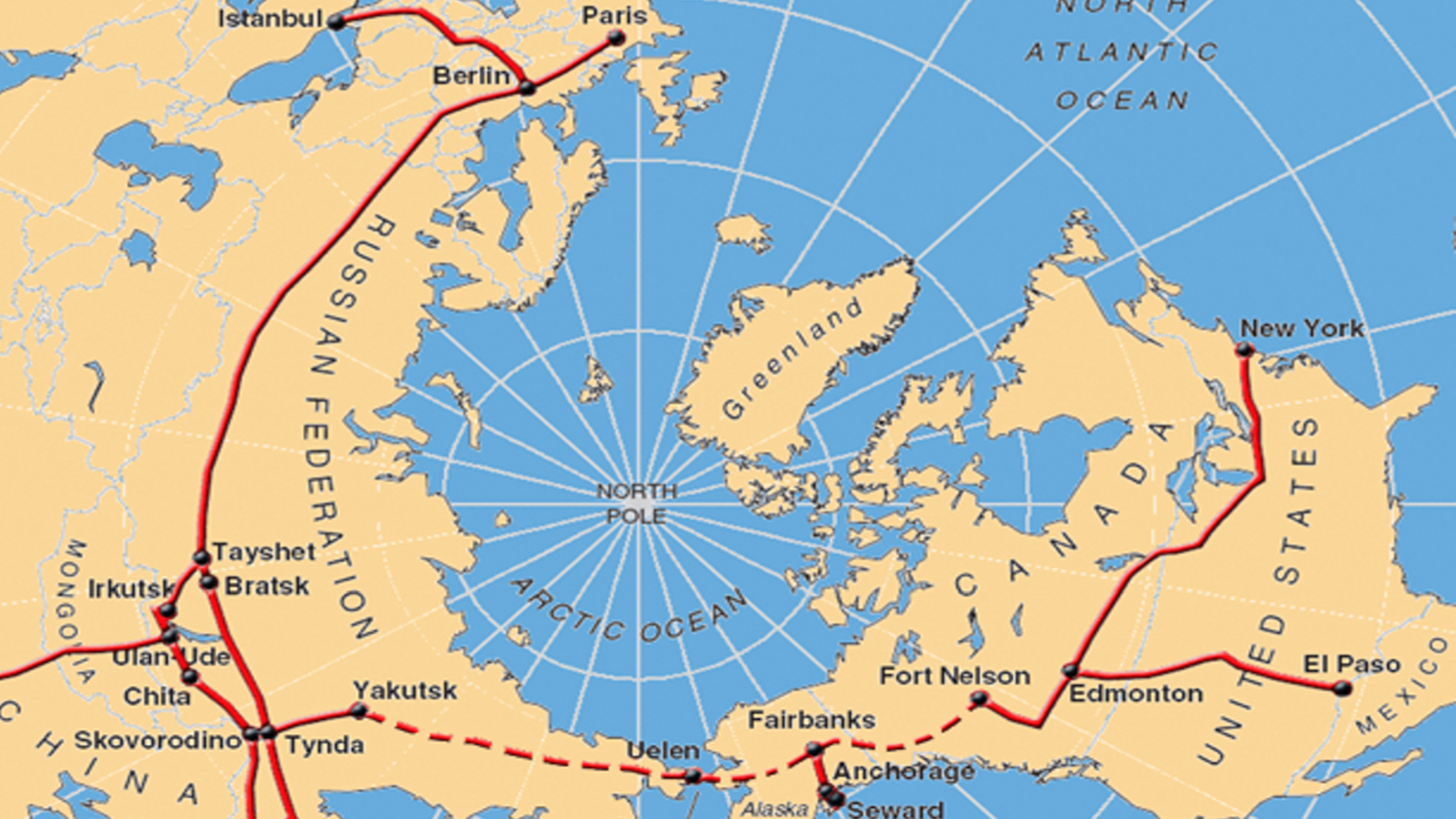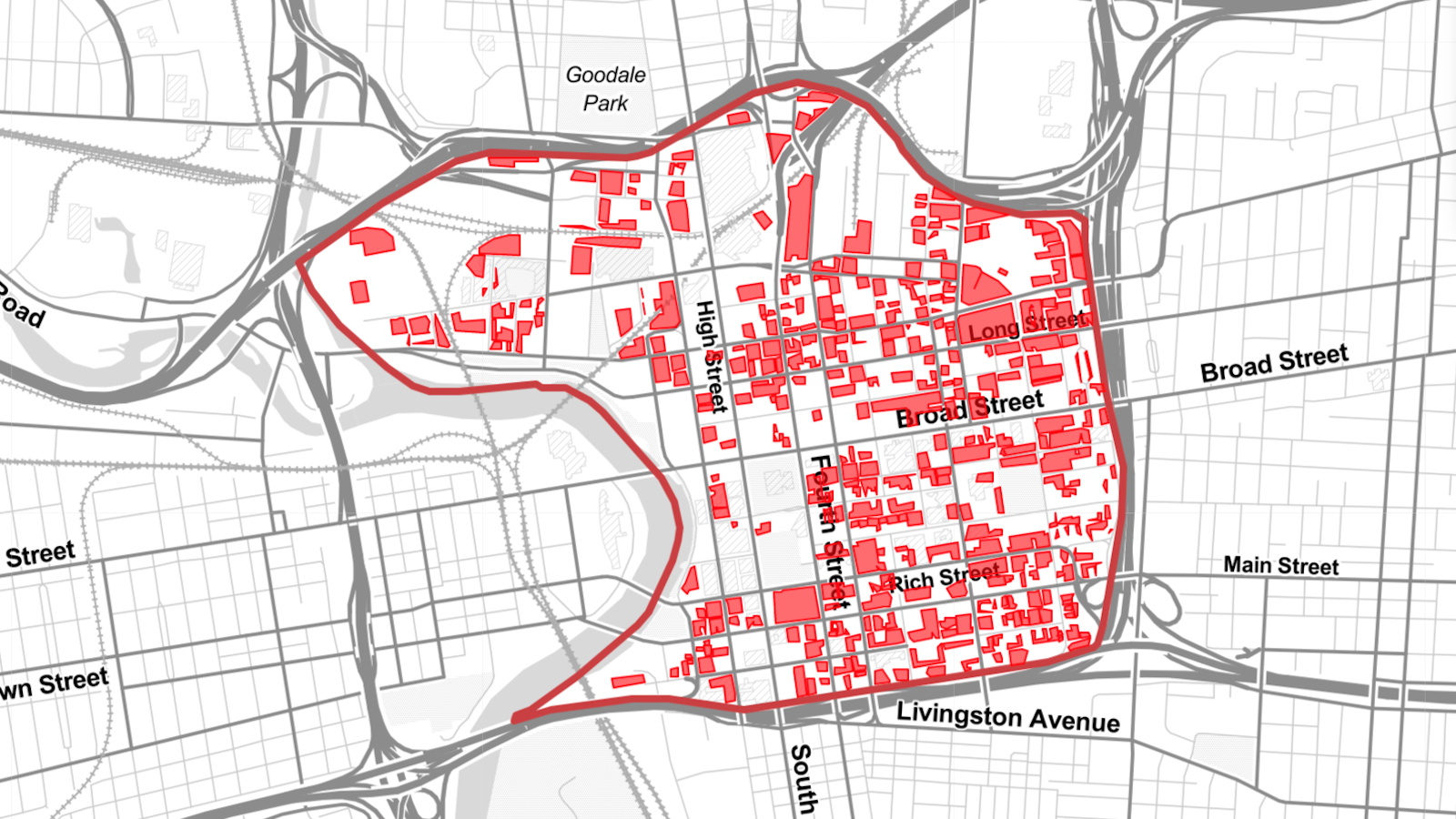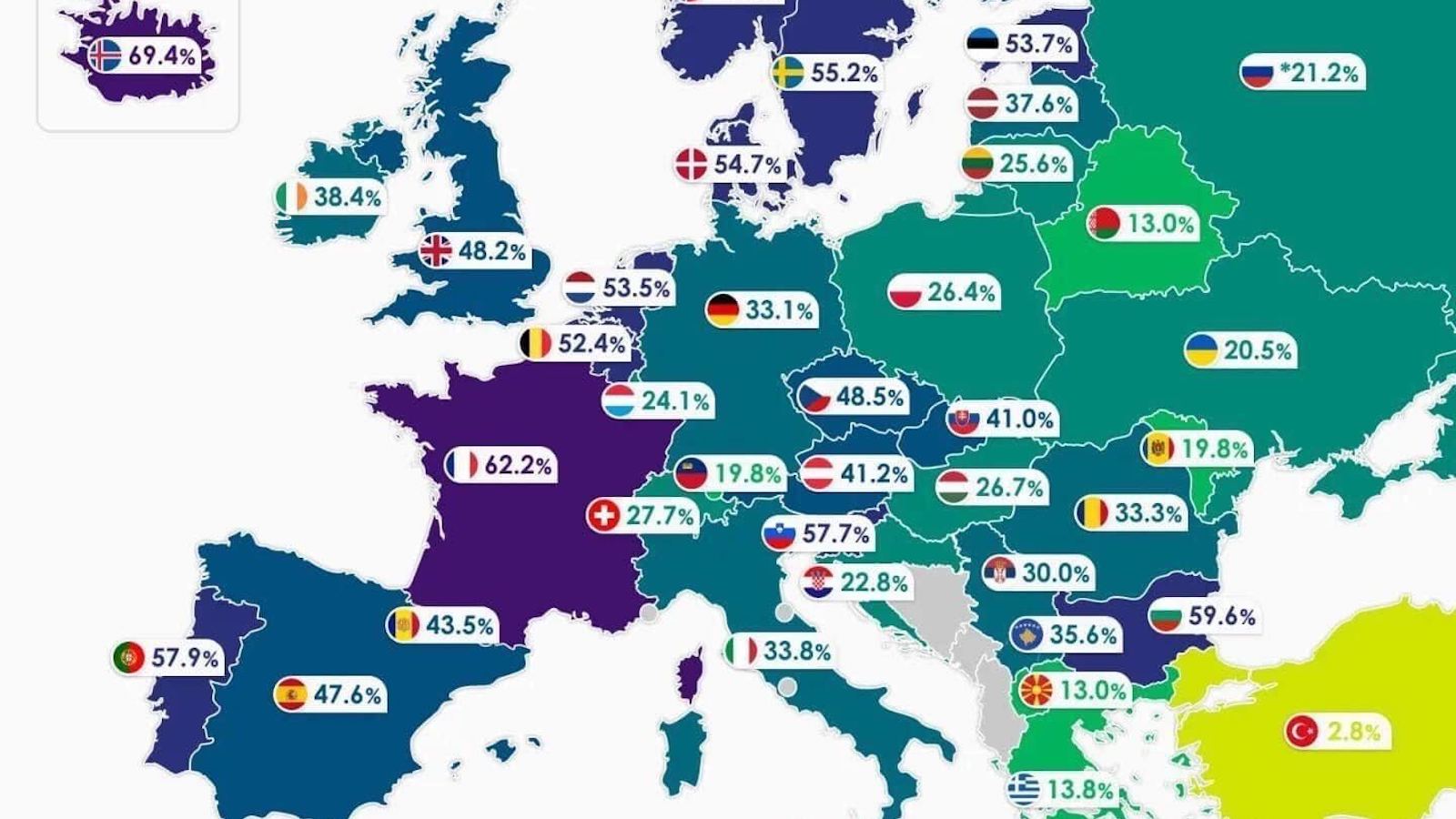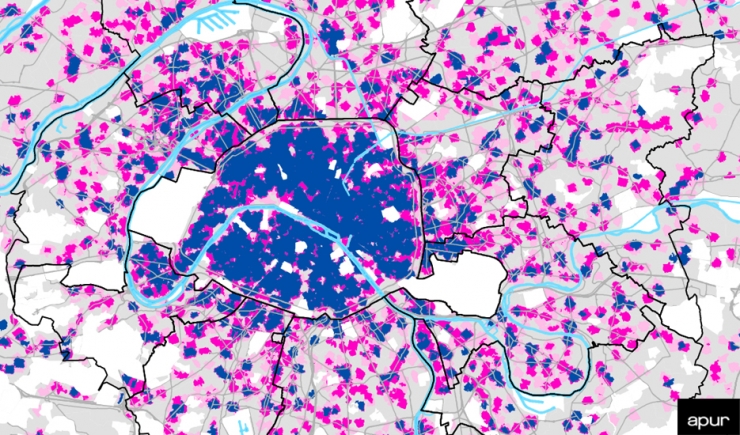Strange Maps
A special series by Frank Jacobs.
Frank has been writing about strange maps since 2006, published a book on the subject in 2009 and joined Big Think in 2010. Readers send in new material daily, and he keeps bumping in to cartography that is delightfully obscure, amazingly beautiful, shockingly partisan, and more. "Each map tells a story, but the stories told by your standard atlas for school or reference are limited and literal: they show only the most practical side of the world, its geography and its political divisions. Strange Maps aims to collect and comment on maps that do everything but that - maps that show the world from a different angle."
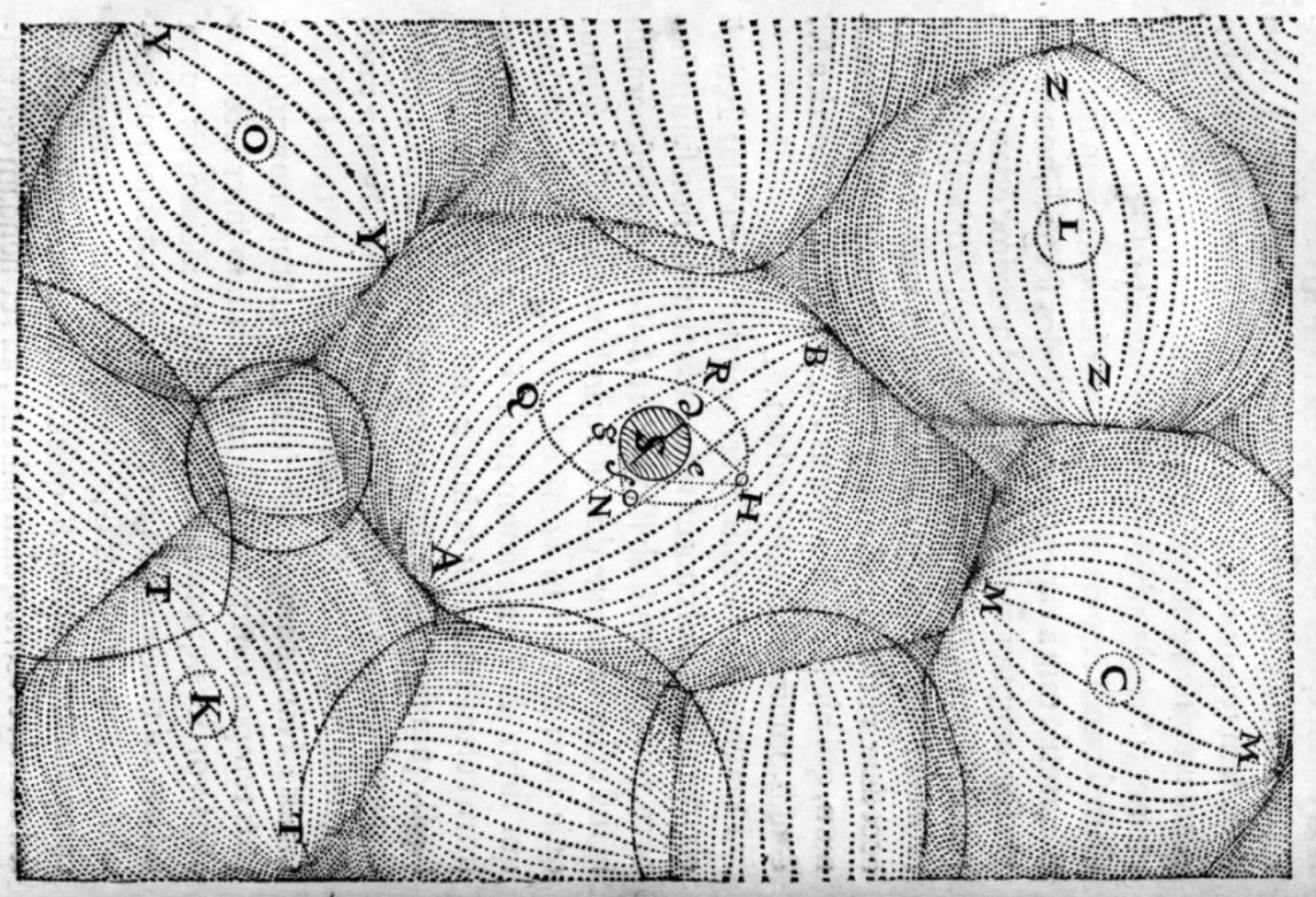
featured
All Stories
Seventy-five years after the anomaly’s discovery, scientists have finally figured out why sea levels are so much lower here.
Legally smoking joints in city centers will require alertness and a keen sense of orientation — two things stoners are not known for.
Though over three billion people speak an Indo-European language, researchers are not sure where the language family originated.
Sweet, bitter, salty, sour. These are the four basic tastes we were taught in grade school. But there is a fifth: umami. And it’s everywhere.
To this day, one cult believes that Lemuria was real, and that its people left us the sacred wisdom to revive their advanced civilization.
The history of cartography might have been very different if the Latin version of Muhammad al-Idrisi’s atlas had survived instead of the Arabic one.
These landscapes — of geographical differences in head shapes — have vanished from acceptable science (and cartography).
If we’re going to discuss oceanography and climate change, we should at least identify the currents correctly.
Opponents of America’s entry into the looming Second World War believed the U.S. would be dismembered.
The richness and variety of America’s food landscape, in a buffet of maps.
Research suggests there’s truth to regional stereotypes in the U.S. — with some caveats.
Get ready for the most peculiar road trip that will help you understand the vastness and emptiness of the solar system — and Sweden.
When you turn a map of East Asia upside down, Beijing’s geographic constraints and regional ambitions become much clearer.
For better and worse, the Columbian Exchange plugged the Americas into the global system — and there was no going back.
Is the vast “Khan Khentii Strictly Protected Area” the final resting place of Genghis Khan?
Meet the world’s largest landowners.
The Foo Fighters are at the dead center of the map, so all the other bands are happier, sadder, angrier, or hornier.
Reject your Mental Map Oversimplifications.
Germans are masters of building cars, cooking brats — and sitting while peeing.
“Who is the aggressor?” That depends on which of these maps you believe.
The average age of cannabis users is increasing. Weed may fall out of fashion before it becomes legal everywhere.
Here’s what Europe would have looked like if the Confederation of the Danube had been established after WWII.
Like Mars today, Venus used to be a sci-fi superstar. Recent discoveries could re-ignite our interest in Earth’s “evil twin.”
In 1903, a Vermont doctor bet $50 that he could cross America by car. It took him 63 days, $8,000, and 600 gallons of gas.
Nevada has the fewest number of native-born citizens.
Dig a 70-mile tunnel under the Bering Strait, and you get this amazing InterContinental Railway, which will reshape the world.
Parking lots are about one-fifth of all land in U.S. city centers, making them “easy to get to, but not worth arriving at.”
Worldwide, 15% of children are born out of wedlock, but the figure varies from less than 1% in places like China to 69% in Iceland.
Quelle horreur! Paris isn’t just a 15-minute city; it’s a five-minute city.
